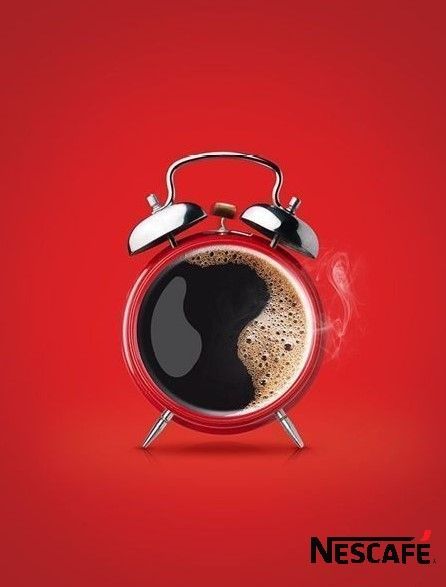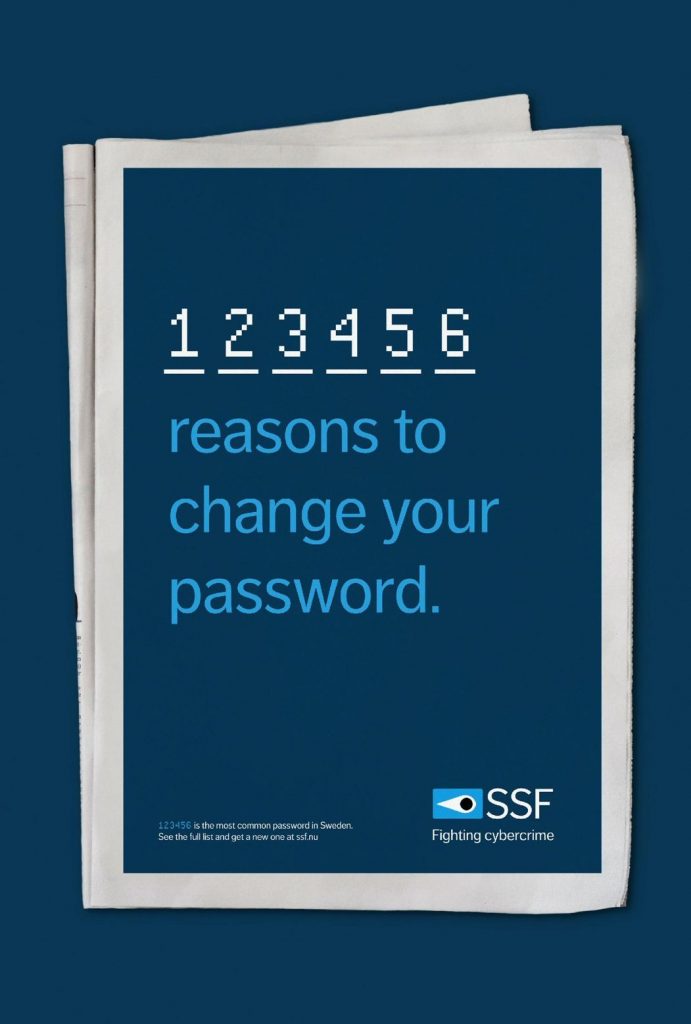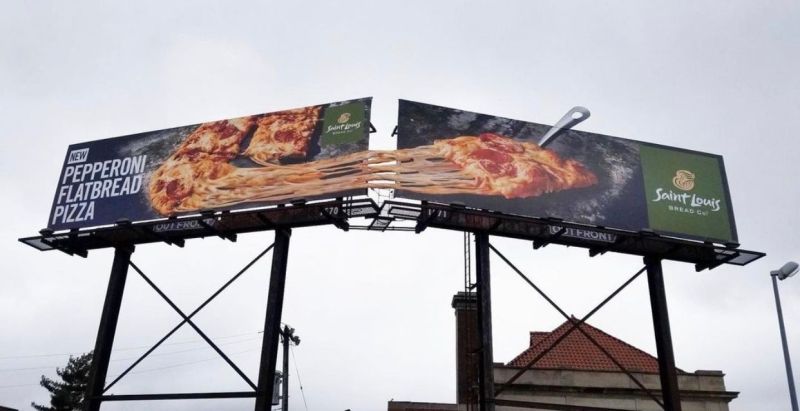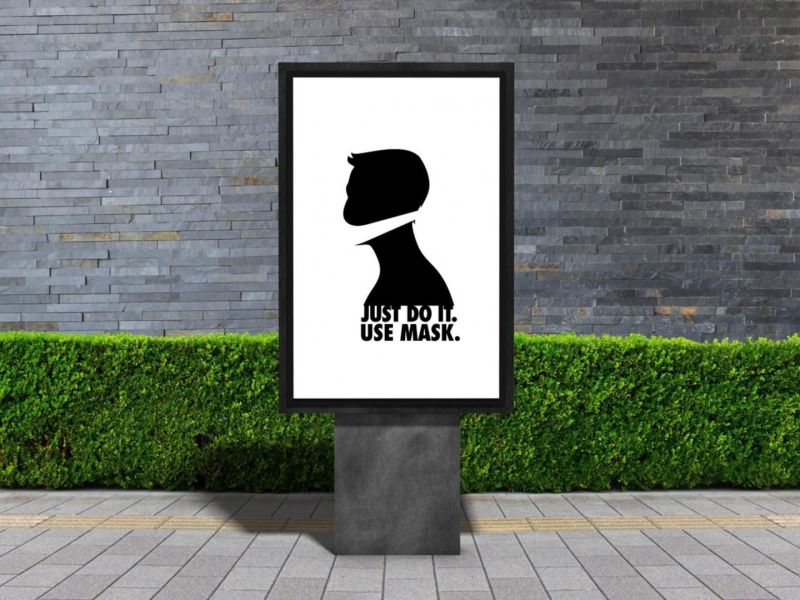
Author: David Greenwood
💎 One danger of the increasing move to digital payments is the reduction in the pain of payment (overspending)
This detachment also makes it harder to remember how much we’ve spent. When researchers asked thirty people to estimate their credit card expenses before opening their monthly bill, every single individual underestimated the size of their bill—by an average of almost 30 percent.
Except from: Happy Money: The New Science of Smarter Spending by Elizabeth Dunn and Michael Norton
💎 On the power of sparking the audience (curiosity)
I can think of nothing an audience won’t understand. The only problem is to interest them; once they are interested they understand anything in the world.
-ORSON WELLES
Excerpt from: How to Make the World Add Up: Ten Rules for Thinking Differently About Numbers by Tim Harford
♦️ Nescafe Coffee Alarm

💎 Five pronged model for encouraging behaviour change (reduce)
REACTANCE
When pushed, people push back. So rather than telling people what to do, or trying to persuade, catalysts allow for agency and encourage people to convince themselves.
ENDOWMENT
People are attached to the status quo. To ease endowment, catalysts surface the costs of inaction and help people realize that doing nothing isn’t as costless as it seems.
DISTANCE
Too far from their backyard, people tend to disregard. Perspectives that are too far away fall in the region of rejection and get discounted, so catalysts shrink distance, asking for less and switching the field.UNCERTAINTY
Seeds of doubt slow the winds of change. To get people to un-pause, catalysts alleviate uncertainty. Easier to try means more likely to buy.
CORROBORATING EVIDENCE
Some things need more proof. Catalysts find corroborating evidence, using multiple sources to help overcome the translation problem.
Excerpt from: Catalyst by Jonah Berger
♦️ KitKat Take a break (from Netflix)

💎 It’s better to express claims as facts (since facts are more believable than claims)
2. Since facts are more believable than claims, it’s better to express claims as facts.
In advertising, claim is often a euphemism for lie. Many of these euphemised lies are specially constructed to wiggle past lawyers and network censors. You can’t say your peanut butter has more peanuts, not without a notarised peanut count, but you can say someone will be a better mother if she serves it. At your arraignment all you have to do is plead Puffery. All charges are dropped. Puffery forgives everything. To lawyers and censors, it’s okay to lie as long as you lie on a grand enough scale. To everyone else, a lie is still a lie, and it’s almost always transparent. That’s why, instead of just asserting that BMW was a good investment, a BMW ad used the car’s high resale value to prove the point. And it did so, not by comparing the car to other cars but to other investments people in that target audience might make: “Last year a car outperformed 318 stocks on the New York Stock Exchange.”
Excerpt from: D&Ad Copy Book by D&AD
💎 Six psychological biases that help explain why we fail to prepare for disasters
1. Myopia: a tendency to focus on overly short future time horizons when appraising immediate costs and the potential benefits of protective investments;
2. Amnesia: a tendency to forget too quickly the lessons of past disasters;
3. Optimism: a tendency to underestimate the likelihood that losses will occur from future hazards;
4. Inertia: a tendency to maintain the status quo or adopt a default option when there is uncertainty about the potential benefits of investing in alternative protective measures:
5. Simplification: a tendency to selectively attend to on subset of the relevant factors to consider when making choices involving risk; and
6. Herding: a tendency to base choices on the observed actions of others.
Excerpt from: The Ostrich Paradox: Why We Underprepare for Disasters by Robert Meyer and Howard Kunreuther
♦️ Tabasco Sauce Just Taste It

💎 On concise sentences (and “globs of verbal fat”)
Several kinds of verbiage are perennial targets for the delete key. Light verbs such as make, do, have, bring, put, and take often do nothing but create a slot for a zombie noun, as in make an appearance and put on a performance. Why not just use the verb that spawned the zombie in the first place, like appear or perform? A sentence beginning with It is or There is is often a candidate for liposuction: There is competition between groups for resources works just fine as Groups compete for resources. Other globs of verbal fat include the metaconcepts we suctioned out in chapter 2, including matter, view, subject, process, basis, factor, level, and model.
Excerpt from: The Sense of Style: The Thinking Person’s Guide to Writing in the 21st Century by Steven Pinker
♦️ Atelier Rebul Fast Hair Repair

💎 Write for you (not I)
It helps if your copy has a natural, conversational style. To achieve this, as Jim Durfee has suggested, imagine you’re sitting opposite your prospect and then, in the guise of the brand you’re representing, write as you’d speak.
This means using language they’ll understand instantly. Which words are they? Well, of the 80 most-used words in the English language, 78 have an Anglo-Saxon root. These are the short, simple words we use every day.
There’s one short, simple word you should use a lot. Read your copy and check that “you” appears three times more than “I” or “we”. This helps you write about the subject from the reader’s perspective.
Excerpt from: D&Ad Copy Book by D&AD
💎 Our motivation to finish a task grows if we feel we have already made some starting steps (Goal Gradient Effect)
In one study, experimenters distributed coffee reward cards, with 10 stamps earning a free cup of coffee.
Condition 1: a 10-stamp card with no stamps filled.
Condition 2: a 12-stamp card with two stamps already filled in.
Participants in the second condition purchased more coffee and at a higher rate than participants in the first condition. Furthermore, participants accelerated their coffee consumption when they got closer to their prize.
UNSEEN OPPORTUNITY
Ensure the first step of any journey is simple to accomplish and continue to recognise progress along the way. Avoid making people feel they are starting afresh.
Excerpt from: The Unseen Mind by Ogilvy UK
♦️ SSF Use Strong Passwords

💎 Concession Builds Commitment (door in the face technique)
In his research, Robert Cialdini (Cialdini 2006) stopped people on the st and asked them to chaperone a group of troubled youth on a one-day trin to the zoo. Only 17 percent of people said yes.
Some of the time he first asked people to spend two hours a week as a counselor for the youth for a minimum of two years (a larger request). In that case everyone said no. But if he then asked them to chaperone a group of troubled youth on a one-day trip to the zoo, 50 percent agreed. That’s nearly three times the 17 percent who agreed when they were only asked to chaperone. That’s concession working.
Cialdini also found an interesting side effect. Eighty-five percent of the people in the concession group actually showed up, compared with only 50 percent of the group that did not go through the concession process. Concession not only got people to say yes, it also increased their commitment to the action.
Excerpt from: 100 Things Every Designer Needs to Know About People (Voices That Matter) by Susan Weinschenk
♦️ Saint Louis Bread Co

💎 If you’re transparent about the efforts that you’ve undertaken to create your product people will appreciate it more (The Labour Illusion)
While Kayak.co.uk searches the Web for your flight from London to Lanzarote, the site gives you a real-time update of the work it’s performing (now searching Iberia … now searching Aer Lingus … ). Research shows that waiting can increase satisfaction if customers get the impression that work is being done on their behalf during the delay. This “labor illusion” is so powerful that it leads customers to prefer services that make them wait to services that provide the same quality immediately.
Except from: Happy Money: The New Science of Smarter Spending by Elizabeth Dunn and Michael Norton
💎 The power of admitting imperfections (The pratfall effect)
And finally, imperfection can be aesthetically pleasing in its own right, as the success of Dove with its ‘Campaign for Real Beauty’ shows. The Japanese even have a word for this – wabi-sabi – a view that celebrates the allure of the imperfect and incomplete. The wobbly line, the cracked leather, the faded patina – all draw, rather than repel, us.
Standout, empathy, attractiveness and trust – these are all qualities that define successful brands. So maybe it’s time for brand owners to embrace the power of imperfection.There are advertisers that get this, and their ‘bravery’ is rewarded by more powerful communications than their perfect ‘everyone looks awesome’ adland competitors. Think of the overweight construction worker pole dancer (Moneysupermarket), Southern Comfort’s Whatever’s Comfortable’ beach hero, or the sweating women in ‘This Girl Can’. Their imperfections draw us to them. The brands feel more authentic. And we trust them more because of it.
So where are the ‘flaws’ in the personality descriptors that we craft for our brand definitions? We seem terrified to consider them – tying ourselves up in knots and qualifications to avoid any chinks of vulnerability or imperfection. Aspirational yet accessible’, ‘Strong but warm’ – we’ve all written them.
Excerpt from: How not to Plan: 66 ways to screw it up by Les Binet and Sarah Carter
♦️ Scotch Brite Cleaning Cloth

💎 The ten steps for a successful behavioural science intervention
1. Establish the scope.
2. Break the challenge into addressable parts.
3. Identify the target outcome.
4. Map the relevant behaviors.
5. Identify the factors that affect each behavior.
6. Choose the priority behaviors to address.
7.Create evidence-led intervention(s).
8. Implement the intervention(s).
9. Assess the effects.
10. Take further action based on the results
Excerpt from: Behavioural Insights by Michael Hallsworth
♦️ Elephant Bleu Car Wash

💎 Three ideas from psychology that explain why brainstorms tend to be ineffective (from social loafing to production blocking)
Research shows there are many psychological processes at work which together limit the effectiveness of brainstorming. ‘Social loafing’ – a group situation encourages and allows individuals to slack off. ‘Evaluation apprehension’ – we’re nervous of being judged by colleagues or looking stupid. ‘Production blocking’ – because only one person can speak at a time in a group, others can forget or reject their ideas while they wait. We’re also learning more about the power of our “herd’ tendencies. As humans, we have innate desires to conform to others with only the slightest encouragement. When asked to think creatively, these implicit norms are invisible but powerful shackles on our ability to think differently.
No wonder so few ideas emerge.
Excerpt from: How not to Plan: 66 ways to screw it up by Les Binet and Sarah Carter
💎 On the danger of statistical methods being used to control the world (rather than understand it)
Social scientists have long understood that statistical metrics are at their most pernicious when they are being used to control the world, rather than try to understand it. Economists tend to cite their colleague Charles Goodhart, who wrote in 1975: ‘Any observed statistical regularity will tend to collapse once pressure is placed upon it for control purposes. (Or, more pithily: ‘When a measure becomes a target, it ceases to be a good measure.’) Psychologists turn to Donald T. Campbell, who around the same time explained: “The more any quantitative social indicator is used for social decision-making, the more subject it will be to corruption pressures and the more apt it will be to distort and corrupt the social processes it is intended to monitor.
Goodhart and Campbell were on to the same basic problem: a statistical metric may be a pretty decent proxy for something that really matters, but it is almost always a proxy rather than the real thing.
Excerpt from: How to Make the World Add Up: Ten Rules for Thinking Differently About Numbers by Tim Harford
♦️ DHL It’s all about speed

💎 Higher happiness only correlates with increased spend in one category (leisure)
One ongoing U.S. study has tracked how much money adults over age fifty spend on just about everything, from refrigerators and rent to alcohol and art. When researchers link these spending choices to happiness, only one category of spending matters. And it’s not refrigerators, or even alcohol. It’s what the researchers label “leisure”: trips, movies, sporting events, gym memberships, and the like. People who spend more of their money on leisure report significantly greater satisfaction with their lives. Not surprisingly the amount of money these older adults reported spending on leisure was dwarfed by the amount they spent on housing. But housing again turned out to have zero bearing on their life satisfaction.
Except from: Happy Money: The New Science of Smarter Spending by Elizabeth Dunn and Michael Norton
♦️ Jeep Reconnect with Adventure

💎 Why advertisers should fear indifference (rather than alienation)
Early in the ‘Love/Hate’ Marmite campaign, an ad showed a couple on a first date going back ‘for coffee’. After eating toast and Marmite in the kitchen, the girl returns to the sofa. They kiss. Her boyfriend retches violently at the Marmite taste.
Most people in research thought it was hilarious. But older Marmite users didn’t. You could say it ‘alienated them. But the ad ran. And the older users changed their view when they saw how popular it was. In fact, it turned out to be the ‘lift-off’ ad of the now-famous campaign, awarded for its creativity and for its results. Market research overestimates people’s resistance to change and boldness, and underestimates ‘herd effects’.
Alienation worry isn’t just wrong, it’s also dangerous. Because it can kill the bold, penetration-gaining ideas that you need for brand growth. So relax: it’s actually quite hard to win friends and alienate people.
Excerpt from: How not to Plan: 66 ways to screw it up by Les Binet and Sarah Carter
💎 Writers need to unearth the real point behind a story (not just regurgitate the facts)
Ephron still remembers the first day of her journalism class. Although the students had no journalism experience, they walked into their first class with a sense of what a journalist does: A journalists gets the facts and reports them. To get the facts, you track down the five Ws-who, what, where, when, and why.
As students sat in front of their manual typewriters, Ephron’s teacher announced the first assignment. They would write the lead of a newspaper story. The teacher reeled off the facts: “Kenneth L. Peters, the principal of Beverly Hills High School, announced today that the entire high school faculty will travel to Sacramento next Thursday for a colloquium in new teaching methods. Among the speakers will be anthropologist Margaret Mead, college president Dr. Robert Maynard Hutchins, and California governor Edmund ‘Pat’ Brown.”
The budding journalists sat at their typewriters and pecked away at the first lead of their careers. According to Ephron, she and most of the other students produced leads that reordered the facts and condensed them into a single sentence: “Governor Pat Brown, Margaret Mead, and Robert Maynard Hutchins will address the Beverly Hills High School faculty Thursday in Sacramento … blah, blah, blah.”
The teacher collected the leads and scanned them rapidly. Then he laid them aside and paused for a moment.
Finally, he said, “The lead to the story is “There will be no school next Thursday”.
Excerpt from: Made to Stick: Why some ideas take hold and others come unstuck by Chip Heath and Dan Heath
♦️ Nike Just Do It. Use Mask

💎 There is no such thing as a wholly original idea (but there is such a thing as unique combinations)
It is to be found in the exceptional human capacity to synthesize our experiences, influences, knowledge and feelings into one, unified, original entity. To have such an inbuilt facility that enables us to make seemingly random connections across a broad It has to be the single most important creative faculty we have, as Einstein observed when he said, “Combinatory play seems to be the essential feature in productive thought.’
The process our conscious and unconscious selves go through when editing, connecting and combining all that we know and feel into an original coherent thought happens over a period of time. It cannot be forced. It happens when we are awake and when we are asleep. It happens when we are thinking about something else entirely, or playing a game of tennis. It happens because a stimulus in our immediate surroundings – usually without our knowing
Excerpt from: Think Like an Artist: . . . and Lead a More Creative, Productive Life by Will Gompertz





























